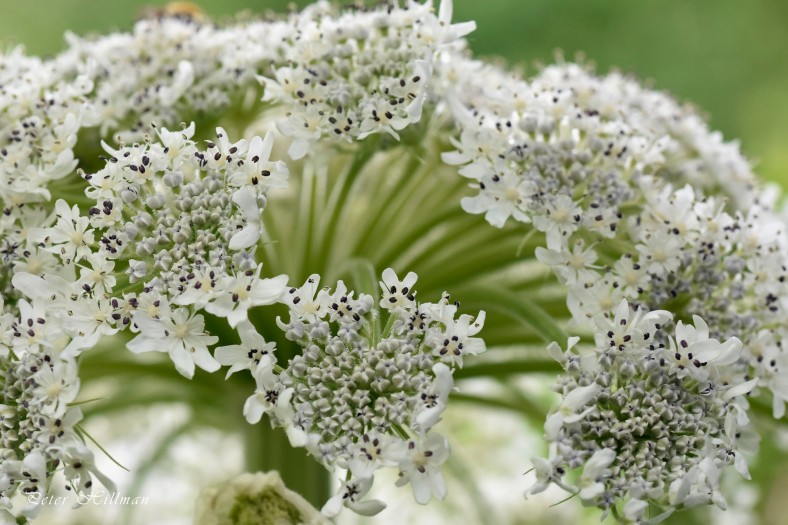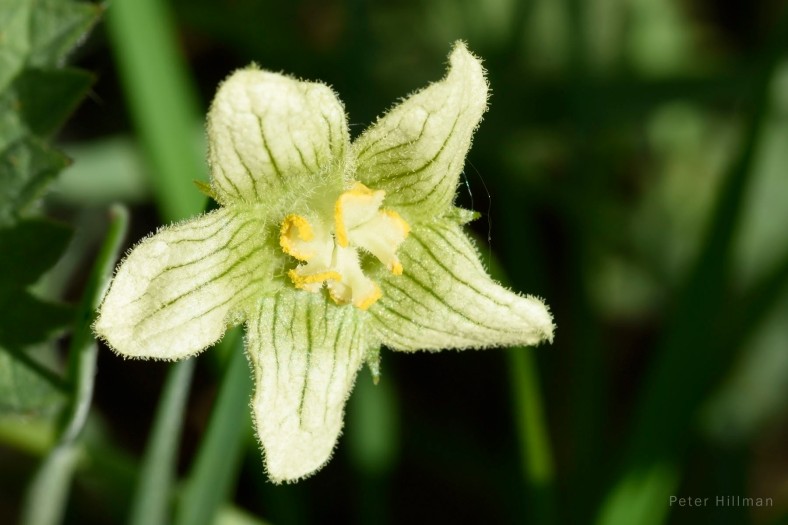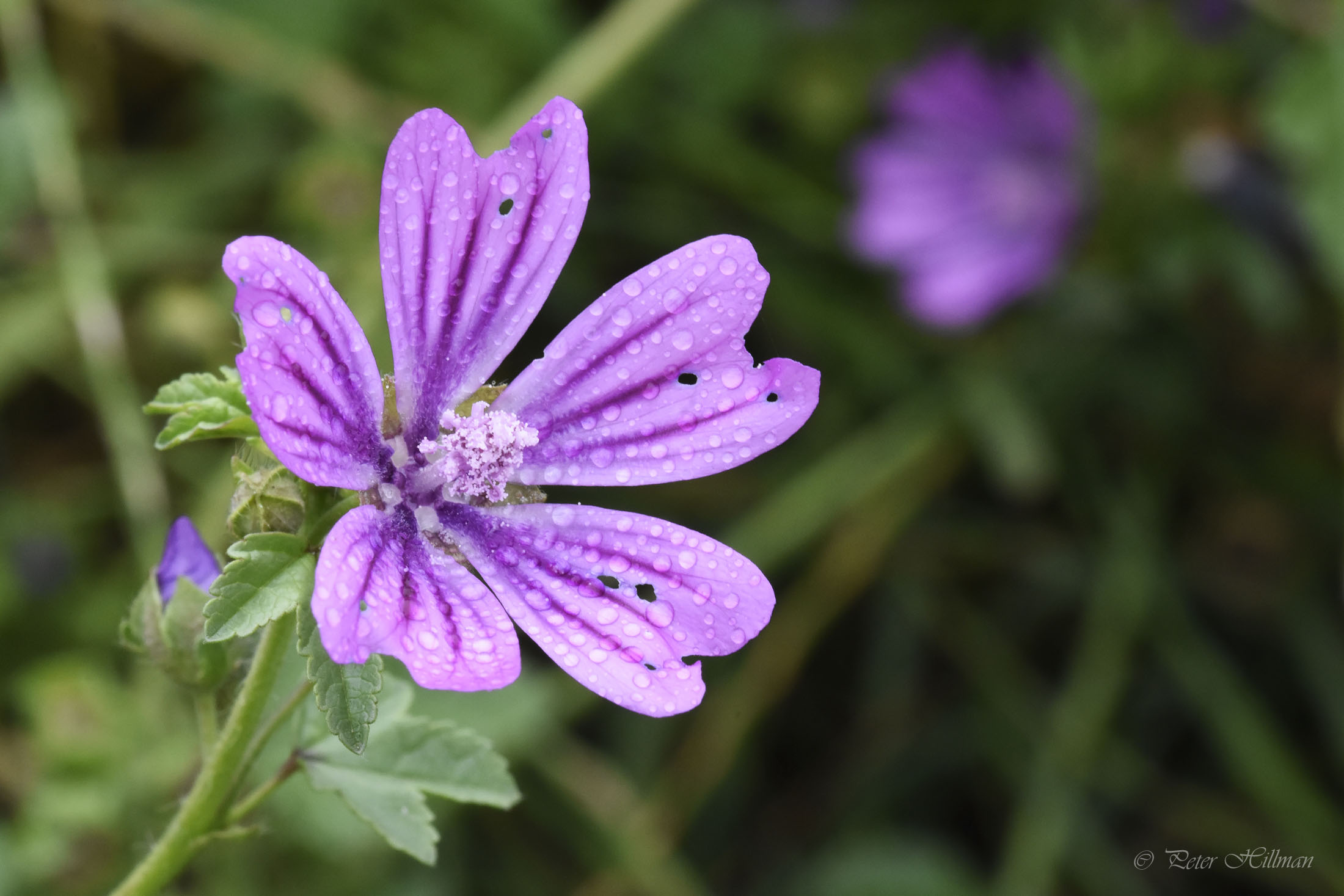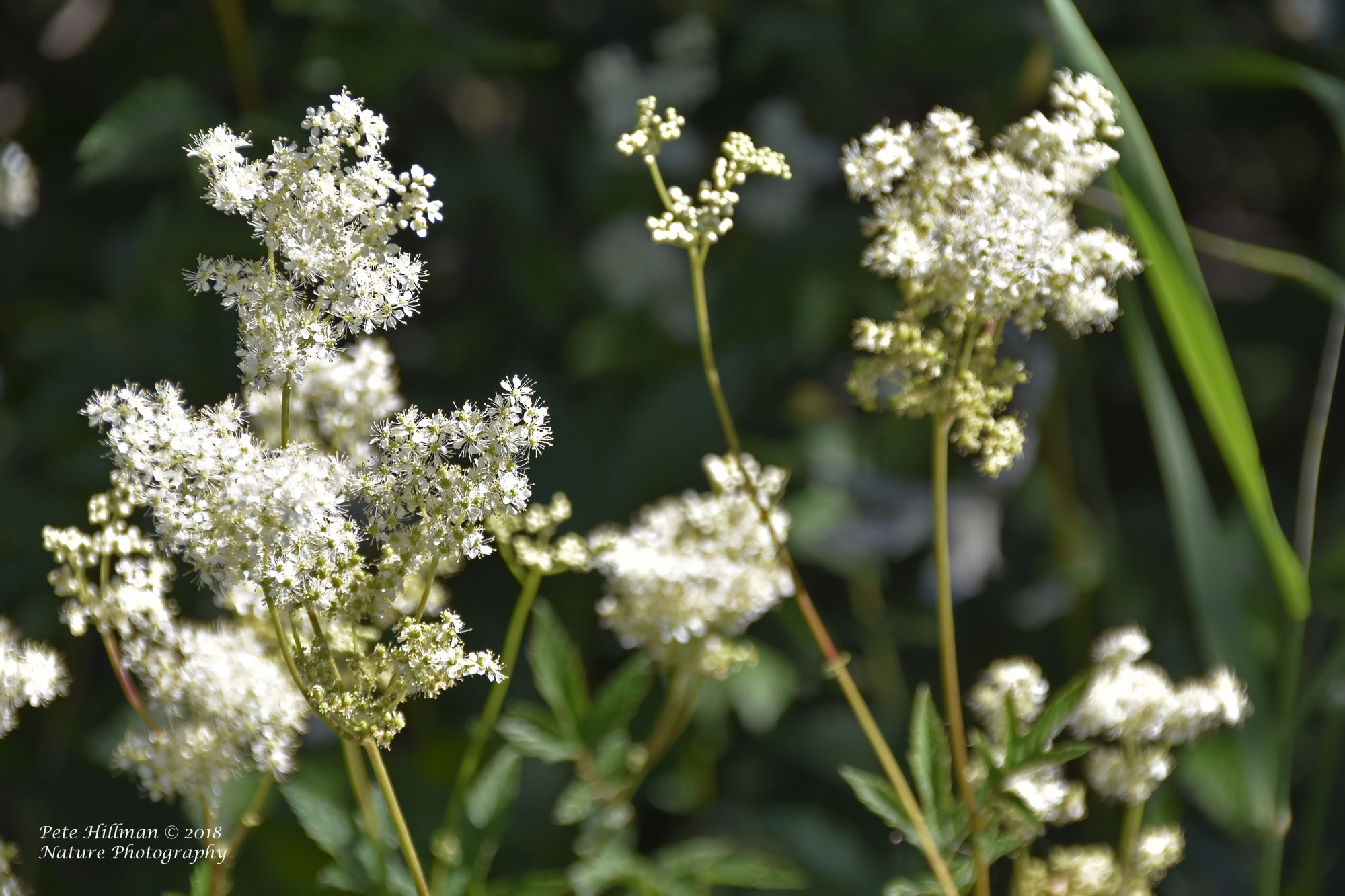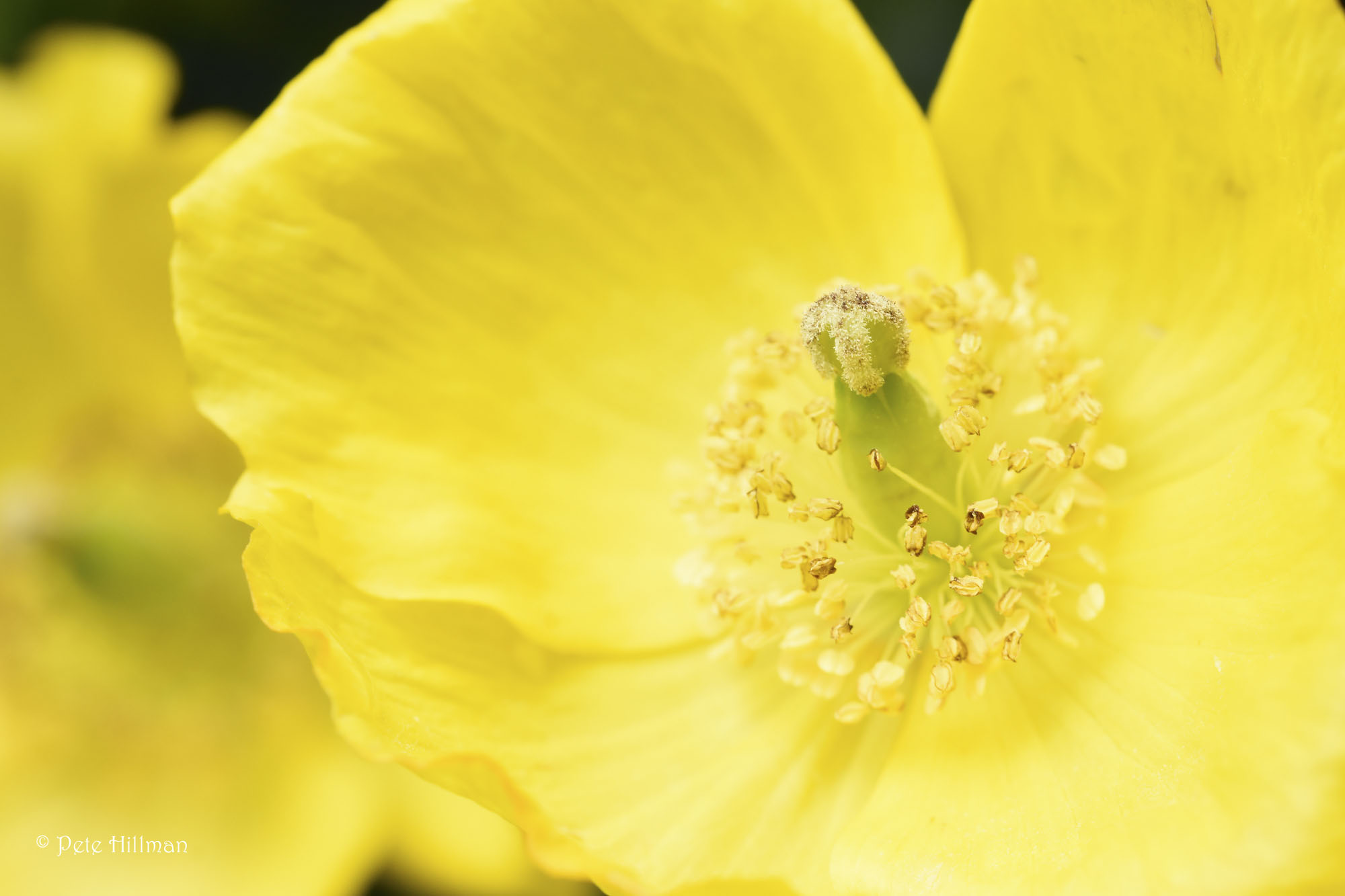
Autmum fell to winter, and winter flew and we are already enjoying a wonderful spring here on this side of the pond. Finally I made it back after a fairly long hiatus, and I will look forward to catching up with you all!
This is one of my favourites which seemingly appeared out of nowhere in one of my flowerbeds. The Welsh Poppy Meconopsis cambrica has a the most beautiful sunny colours, so bright, cheery and vibrant the petals almost appear to capture the sun itself.
May 2019, rear garden, Staffordshire, England. © Pete Hillman.
PS: Has anybody used the new ‘Block’ editor yet, and what do you think about it?


















